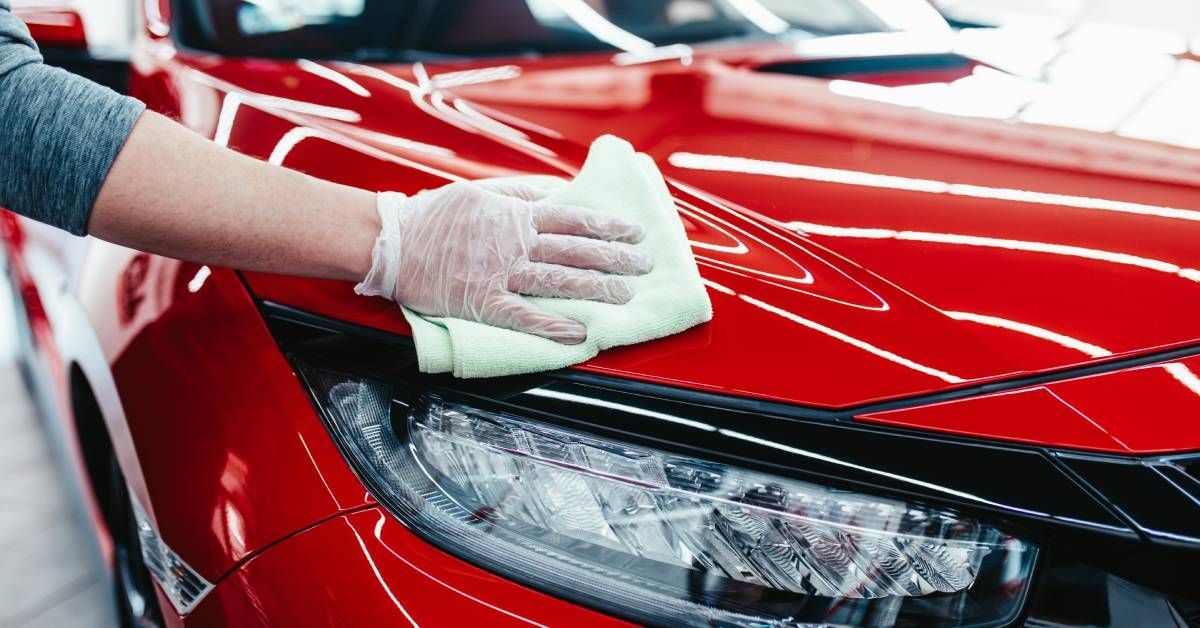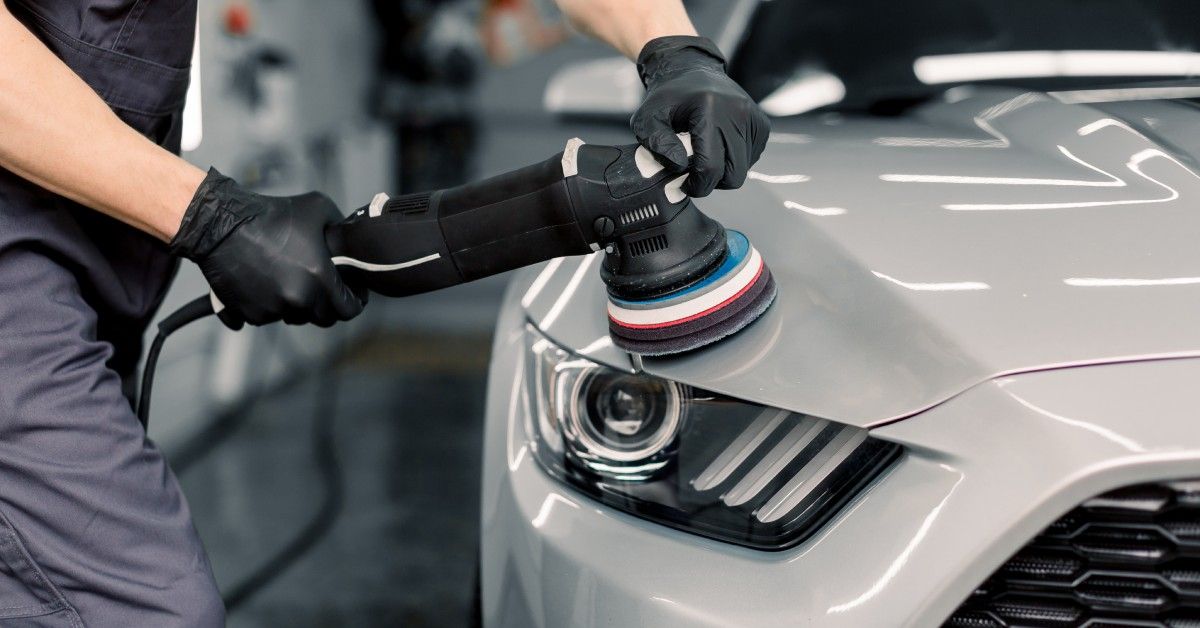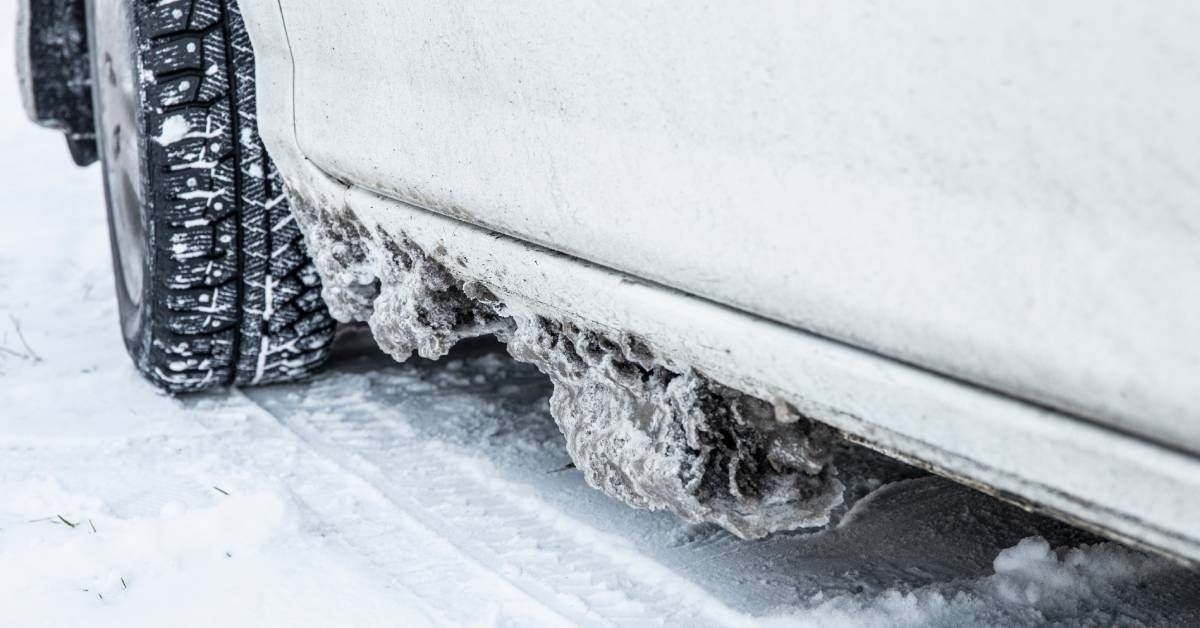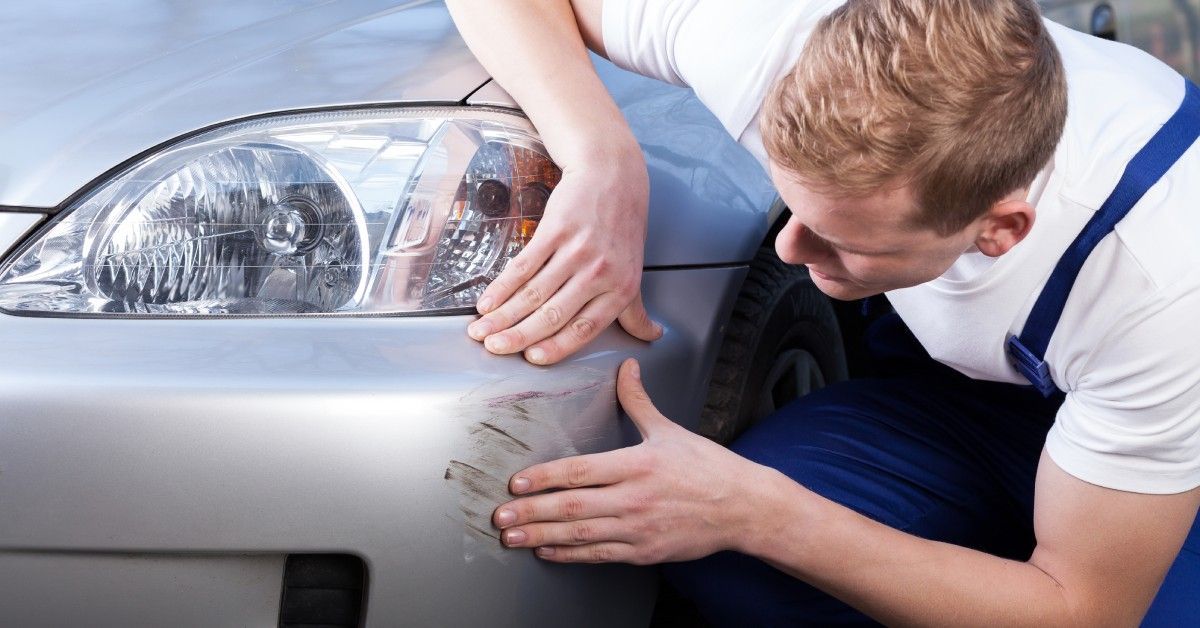Everything You Need to Know About Ceramic Coatings
Author: K&D Auto Spa

* Introduction
In the world of automotive care and detailing, ceramic coating has emerged as a revolutionary product. It's a liquid polymer that provides superior protection to your vehicle's exterior, enhancing its appearance while also making it easier to clean. This blog post will educate you on everything you need to know about ceramic coatings, from what they are and how they work, to their benefits and application process.
* What is Ceramic Coating?
Ceramic coating is a type of vehicle finish that provides a strong, protective surface to your cars paint. It is a liquid polymer that bonds with your vehicle’s paint at a molecular level when applied, creating an extra layer of protection. Ceramic coating not only protects the cars paint from damage due to UV Rays, scratches, dirt, and road grime, but it also creates a candy like gloss and spectacular color. It does not protect from rock chips like PPF, but it is rather a premium alternative, which will last years (with proper maintenance) instead of months like traditional wax. Ceramic coatings form a semi-permanent bond with the paintwork, which means they do not wash away or break down easily over time.
The primary ingredient in most ceramic coatings is silicon dioxide (SiO2), derived from natural substances like quartz and sand. Some high-end coatings also incorporate titanium dioxide (TiO2) for enhanced protective properties. Or a Sediment suspension design that will give excellent chemical resistance, amazing high gloss, and a super slick surface. Once cured, these substances form a hard, glass-like layer on the car’s surface – hence the term ‘ceramic’ coating.
* How Do Ceramic Coating Work?
Ceramic coating works by filling in the tiny pores and imperfections found on your car's paintwork. This creates a smooth, hydrophobic surface that repels water and dirt effectively. The hydrophobic properties mean that water will bead up and roll off the surface rather than sticking to it. This makes cleaning easier as dirt and grime have less chance of sticking to the surface. The beads of water will grab the dirt as its rolling off the car, helping keep your car cleaner for longer periods of time.
Moreover, ceramic coating provides UV protection by reflecting harmful ultraviolet rays away from your car's paintwork. This prevents oxidation and fading which can occur over time due to sun exposure.
* Benefits of Ceramic Coating
1. Enhanced Protection: As mentioned earlier, ceramic coating offers superior protection against environmental hazards like bird droppings, bug splatters, acid rain, and harmful UV rays. It also provides some level of resistance against minor scratches and swirl marks.
2. Easy Maintenance: Thanks to its hydrophobic properties, ceramic coating makes your car easier to clean. Dirt and grime find it hard to stick to the surface, meaning you can simply rinse off most of the dirt with water.
3. Long-Lasting Shine: Ceramic coatings give your car a high-gloss finish that lasts much longer than traditional wax or sealants. This enhances the overall aesthetic appeal of your vehicle.
4. Cost-Effective: While the upfront cost may seem high, ceramic coating is actually cost-effective in the long run as it reduces the need for regular waxing and detailing.
* The Application Process
Applying a ceramic coating requires careful preparation and attention to detail. The process typically involves:
1. Thorough Cleaning: The vehicle must be meticulously cleaned to remove any dirt or contaminants from the surface. A clay bar along with a iron remover works best for this process.
2. Paint Correction: Although not required but highly recommended. Any scratches or swirl marks in the paintwork are corrected using a process called paint correction or polishing. If they are not removed before hand they will be covered by the ceramic coating and not be able to be removed by hand, they will also stand out more as the ceramic coating will enhance not only the good parts of your paint but also the bad.
3. Application of Ceramic Coating: The ceramic coating is then applied using a microfiber applicator pad in a controlled environment to prevent dust or debris from settling on the surface during application. A clean and dust free area will not make the application easier but also will keep from getting contamination while coating the vehicle.
4. Curing Time: Once applied, the coating needs time to cure and bond with the paintwork fully. This can take anywhere from 24 hours up to 12 days, depending on the specific product used. Not allowing the car to get wet for 24 hours after coating is recommended. Keeping the vehicle inside a climate-controlled shop is the best option.
* Conclusion
A ceramic coating is an excellent investment for anyone who wants to keep their vehicle looking its best while also reducing maintenance time and costs. It offers superior protection against environmental hazards, easy maintenance, long-lasting shine, and cost-effectiveness over time.
However, it's important to remember that while ceramic coatings offer many benefits, they are not a magic solution that eliminates all potential damage or need for care. Ceramic coatings do not protect against scratches and swirl marks, but it will make it harder for them to appear and to see. Regular washing and occasional decontamination are still necessary to keep your vehicle in top condition. But with a ceramic coating apllied, these tasks become much easier and less frequent.
For more information give us a call at 586-29-4404 or send us a message.











